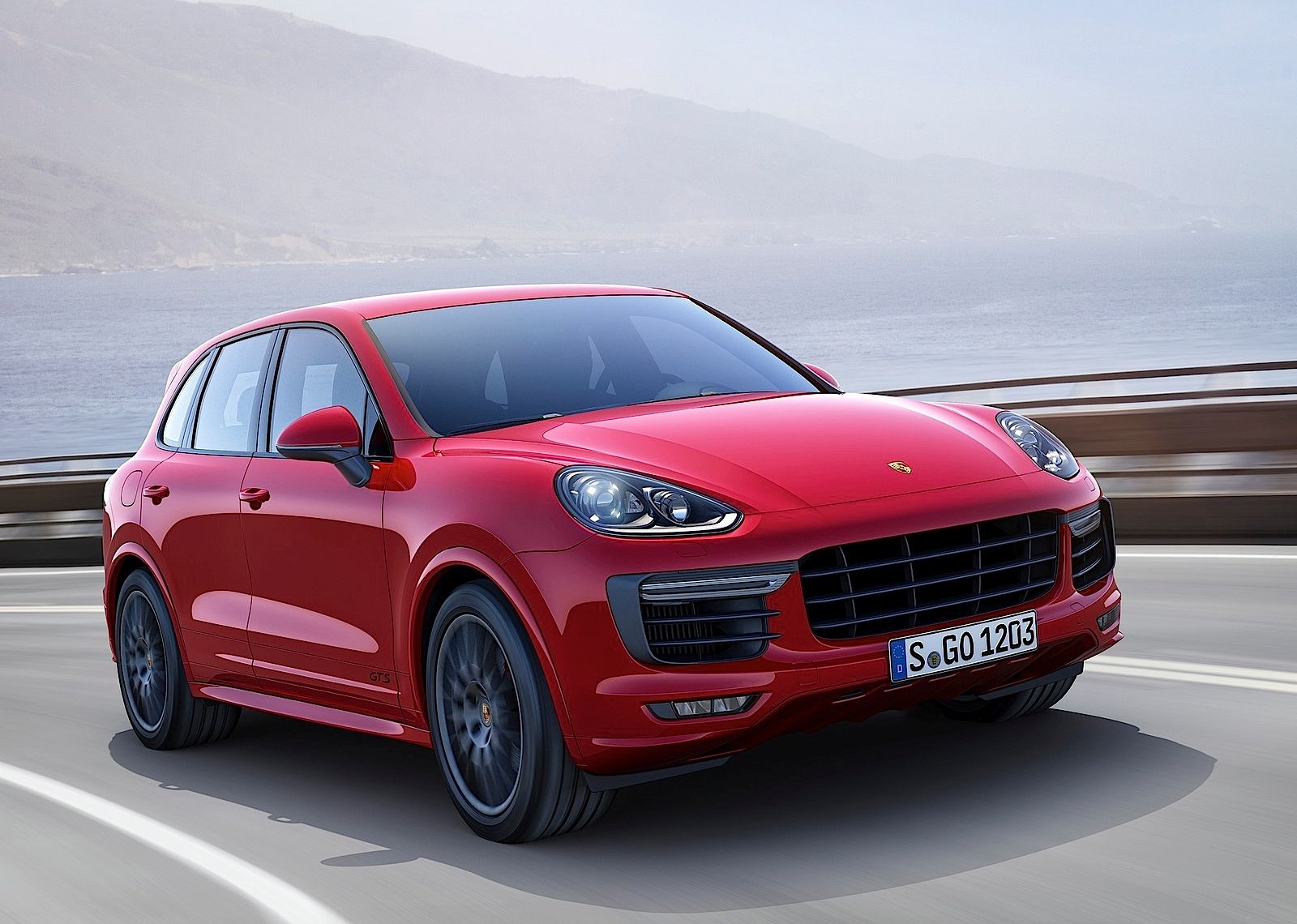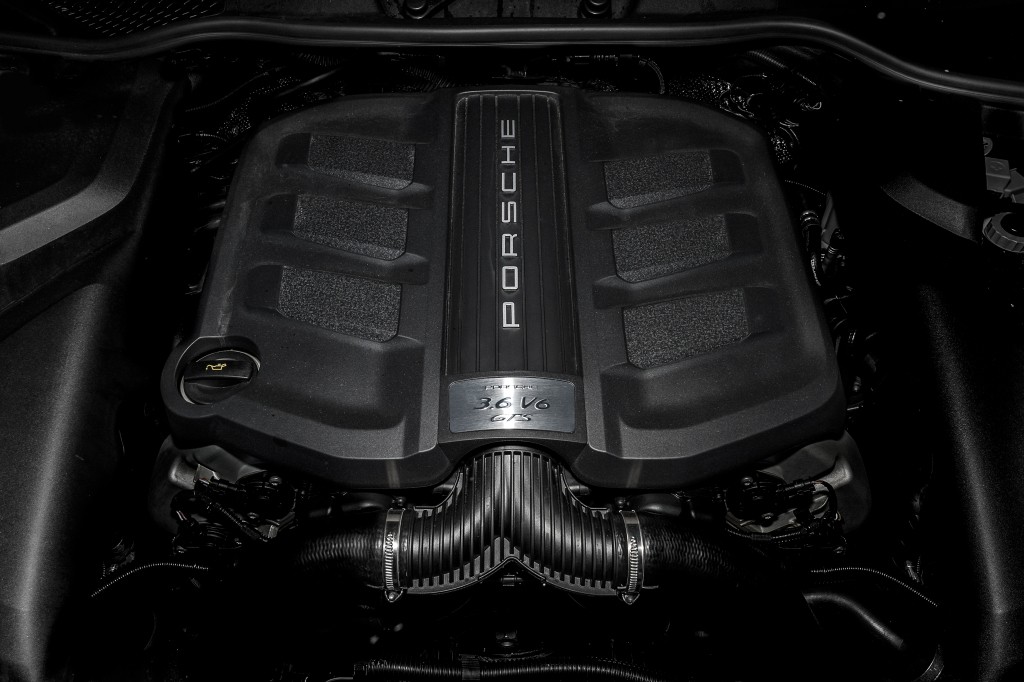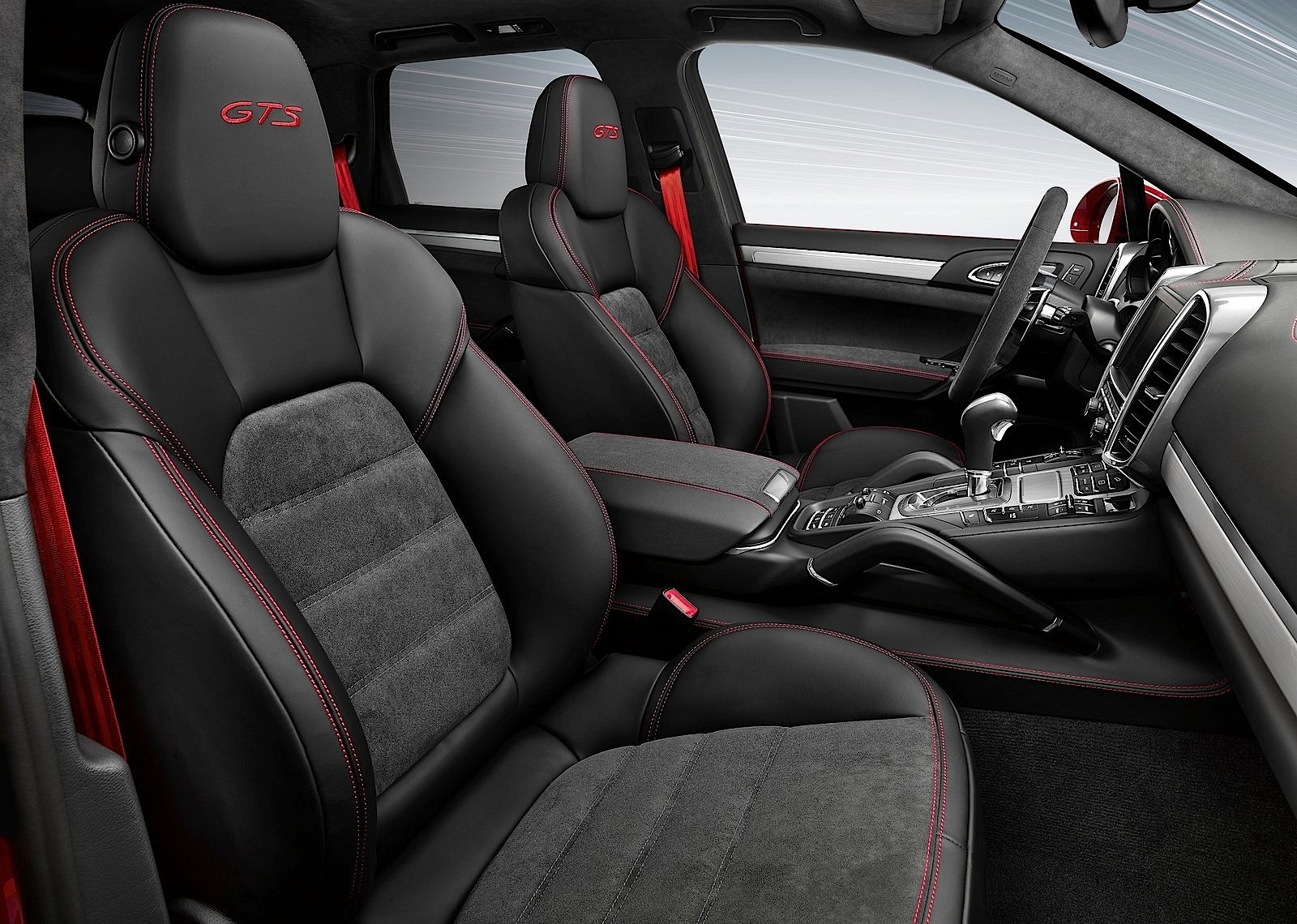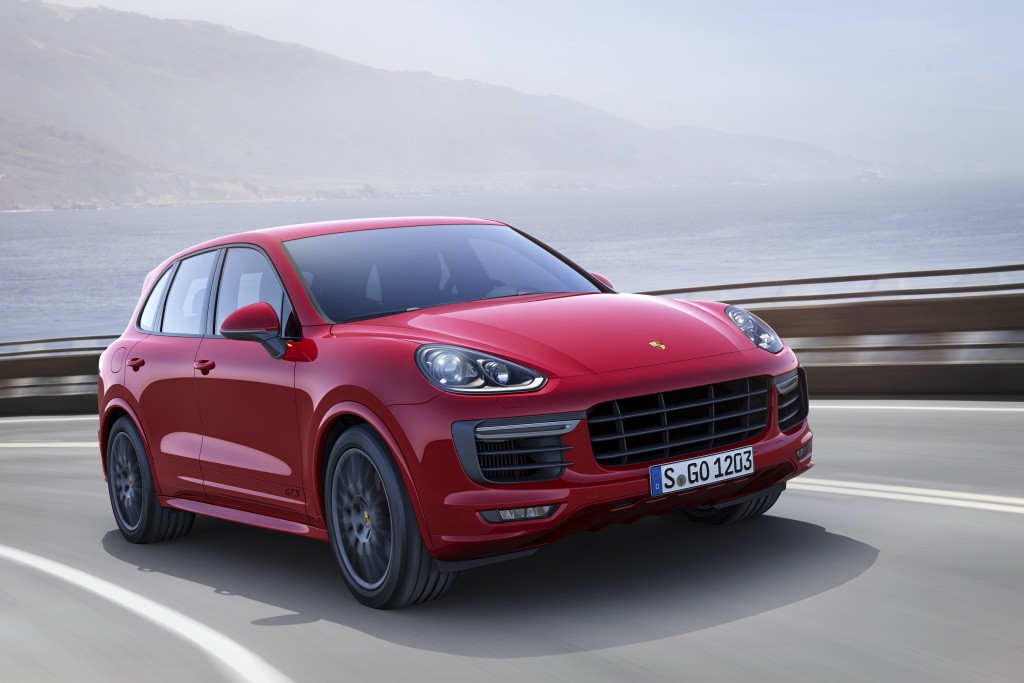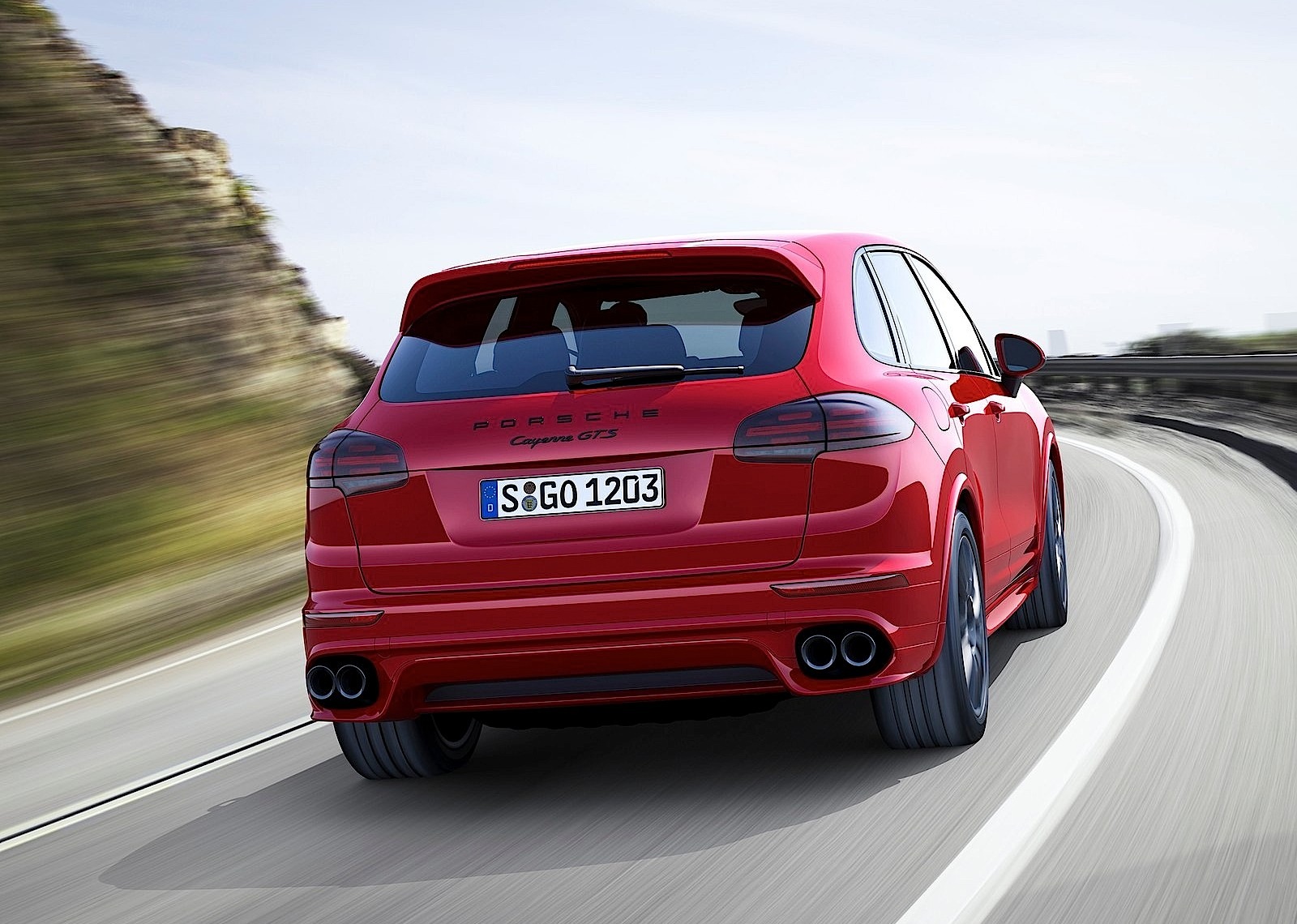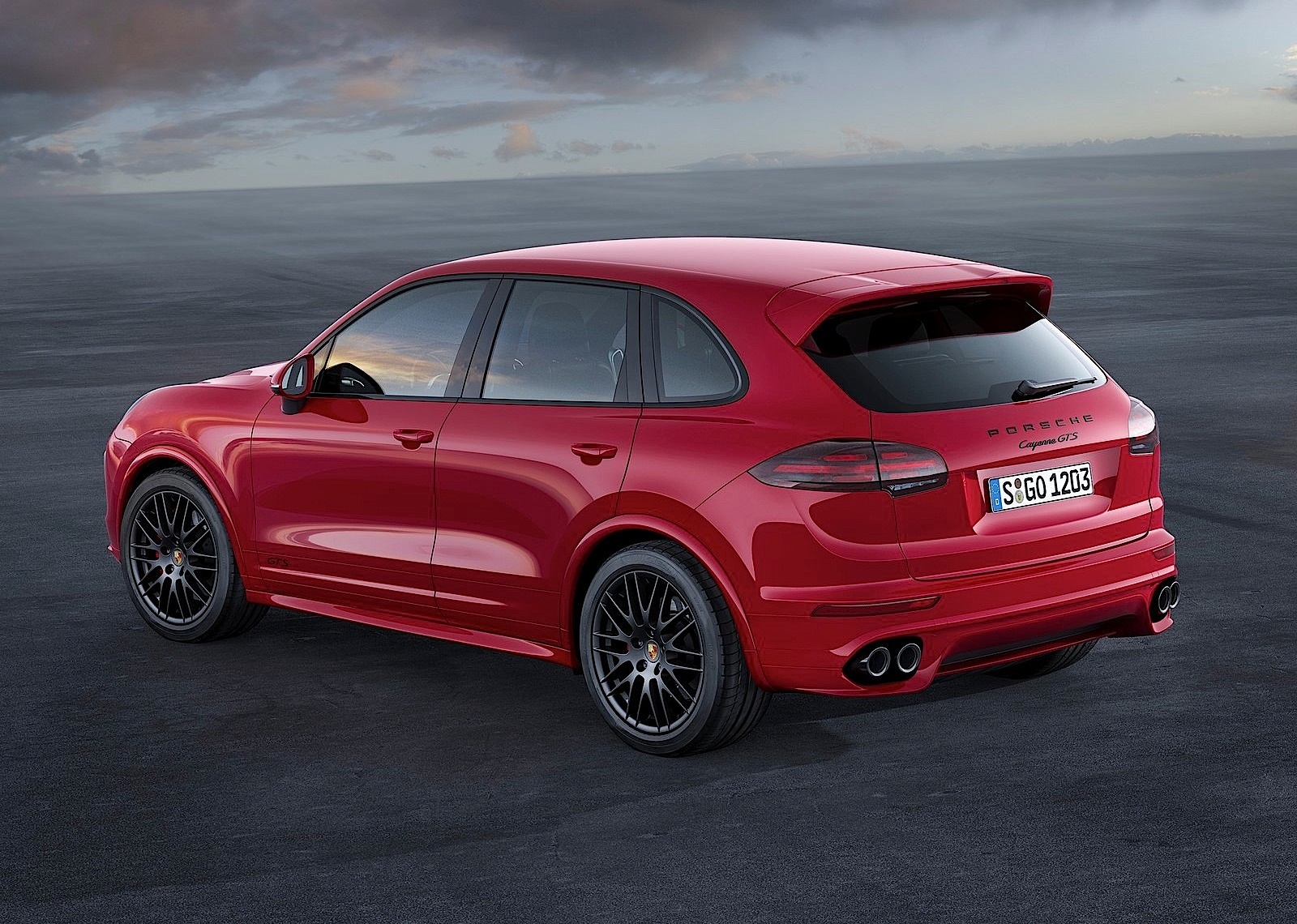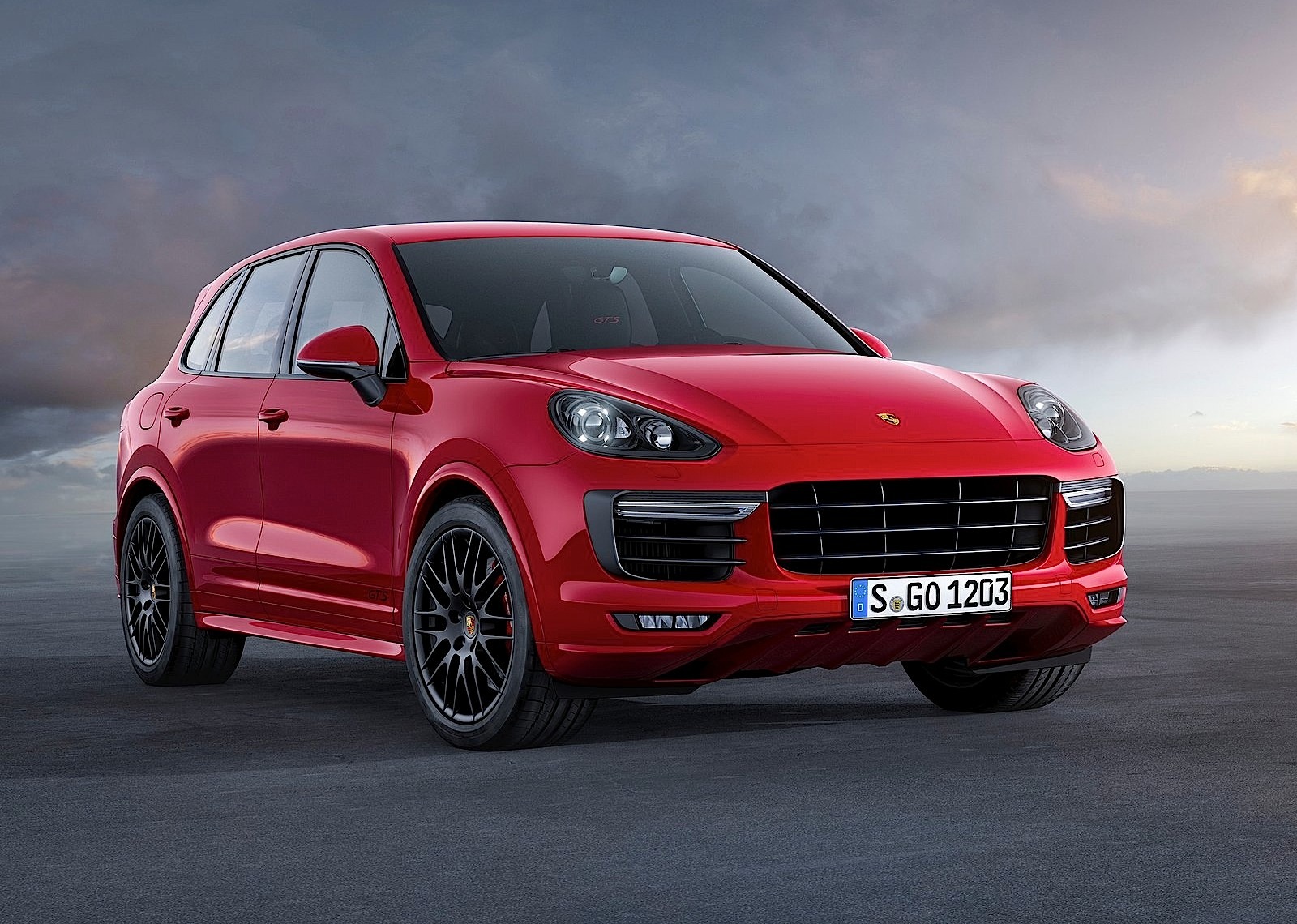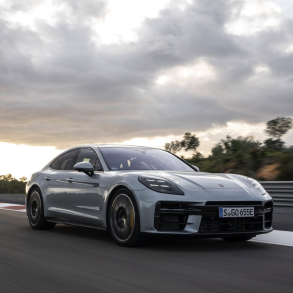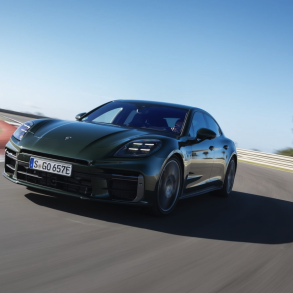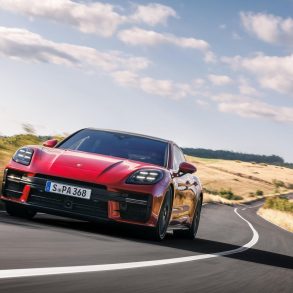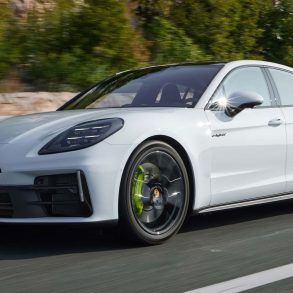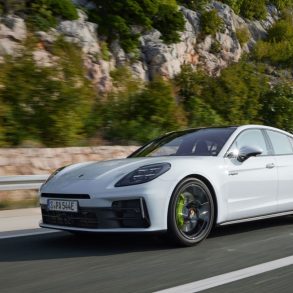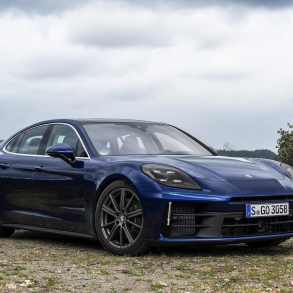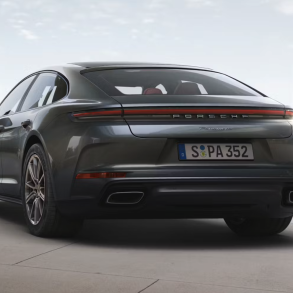(2015 – 2018) Porsche Cayenne GTS – Ultimate Guide
The Cayenne GTS was supposed to be the Porsche Turbo without turbochargers, a link between the naturally aspirated versions with the sporty suspension of the Cayenne’s flagship model.
For the 2014 facelift, the Cayenne GTS was improved in every way, offering better performances and lower fuel consumption. But unlike the rest of the range, it offered a sportier look. That side was reserved for the GTS, which took its badge from the 1963 Porsche 904 GTS. It was the first Porsche to revive that acronym.
On the outside, the GTS took some of the Turbo version body panels, such as the front fenders, hood, and bumper. The larger three grilles installed in the apron were black. The daytime running lights were moved from the side-scoops inside the headlights, with a four-dots floating LED design. The black B- and C-pillars were already a brand image for the GTS. A special set of light-alloy wheels was prepared exclusively for the GTS.
Inside, the connection with the 911 range was more obvious due to the five-dials instrument cluster and the centrally-mounted tachometer. The new, tall and slim, air-vents were inspired by the Panamera sedan, but on the center console, the buttons from the PTM system were an updated version of those found in the first generation Cayenne.
For the engine, the GTS dropped the direct fuel injected 4.8-liter from the non-facelifted version. It was brought with a newly developed 3.6-liter unit. The twin-turbo V6 unit was more powerful than the previous 4.8-liter direct fuel injected Cayenne GTS. It was fitted as standard with an 8-speed automatic gearbox. The PTM (Porsche Traction Management) was tuned for better on-road performances, while the ground clearance for the car was lower than the rest of the range.
Pictures
Press Release
Porsche Cayenne GTS
The new Cayenne GTS announces its outstanding sporting character in its very name. The letters GTS go back to the famous 904 Carrera GTS of 1963. In 2007, the Cayenne GTS became the first Porsche of the modern era to revive the acronym. Since then GTS has stood at Porsche for especially sporty models.
Porsche drivers like their car to be sporty – regardless of whether it has two doors or four. At eleven percent, the GTS version of the Cayenne makes up a high proportion of the model mix of what is currently Porsche’s most successful range, with the four-door sports cars in general long since making a major contribution to the company’s profitable growth. At the same time they ensure future investment in the broad spectrum of highly dynamic models offered across the entire portfolio.
It is not only the name of the Cayenne GTS that is resonant. The 3.6-litre V6 bi-turbo engine is the performance-oriented enhancement of the new power unit presented in the Cayenne S. Its consumption is lower and it delivers improved levels of performance. Compared to the previous model with a V8 naturally aspirated engine, power output rises by 20 hp to 440 hp and torque by 85 Nm to 600 Nm, while fuel consumption goes down by up to 0.9 l/100 km. The Cayenne GTS accelerates from 0 to 100 km/h in 5.2 seconds, or just 5.1 seconds with the optional Sport Chrono package. That’s 0.5 and 0.6 seconds respectively less than the previous model. Top speed is 262 km/h. As standard it has a sports exhaust system, which provides the familiarly meaty GTS sound.
Thanks not least to its suspension the Cayenne GTS captivates drivers with its unmistakable lateral dynamics. The Porsche Active Suspension Management (PASM) damping system has a sporty set-up. With the standard steel-spring suspension the vehicle sits 24 millimetres lower, while with the optional air suspension it’s 20 millimetres. Further standard features include the brakes from the Cayenne Turbo with 390-millimetre discs on the front axle (358 millimetres at the back), inclusive of brake callipers painted red in typical turbo fashion.
Other design attributes also turn the Cayenne GTS externally into a sporty vehicle. As standard it has the turbo nose section with large air intakes and the Sport Design package, including more contoured side sills and wheel arch extensions. The latter, like the roof spoiler and lower rear of the vehicle, are painted in the car body colour. The colour black provides some striking contrasts: all lettering is black, as are the 20-inch wheels in the RS Spyder design, the exhaust tailpipes, the bi-xenon headlights’ inner apertures and the fittings of the darkened LED rear lights. There’s a new feature on the front doors: striking GTS lettering.
The sporting character continues on the inside. Eight-way electrically adjustable GTS sports seats in leather/Alcantara upholstery, including GTS lettering on the headrests, are fitted as standard. Alcantara is the predominant upholstery material used inside the car. The interior GTS package is optionally available in carmine red or rhodium silver with rev counter face, decorative stitching, headrest lettering and safety belts in contrasting colour.


